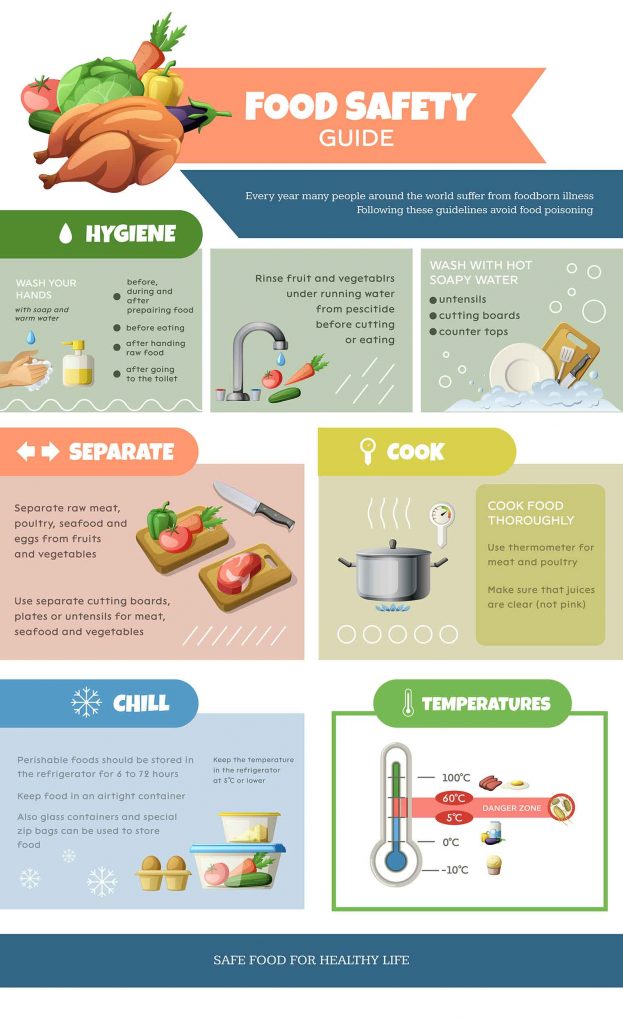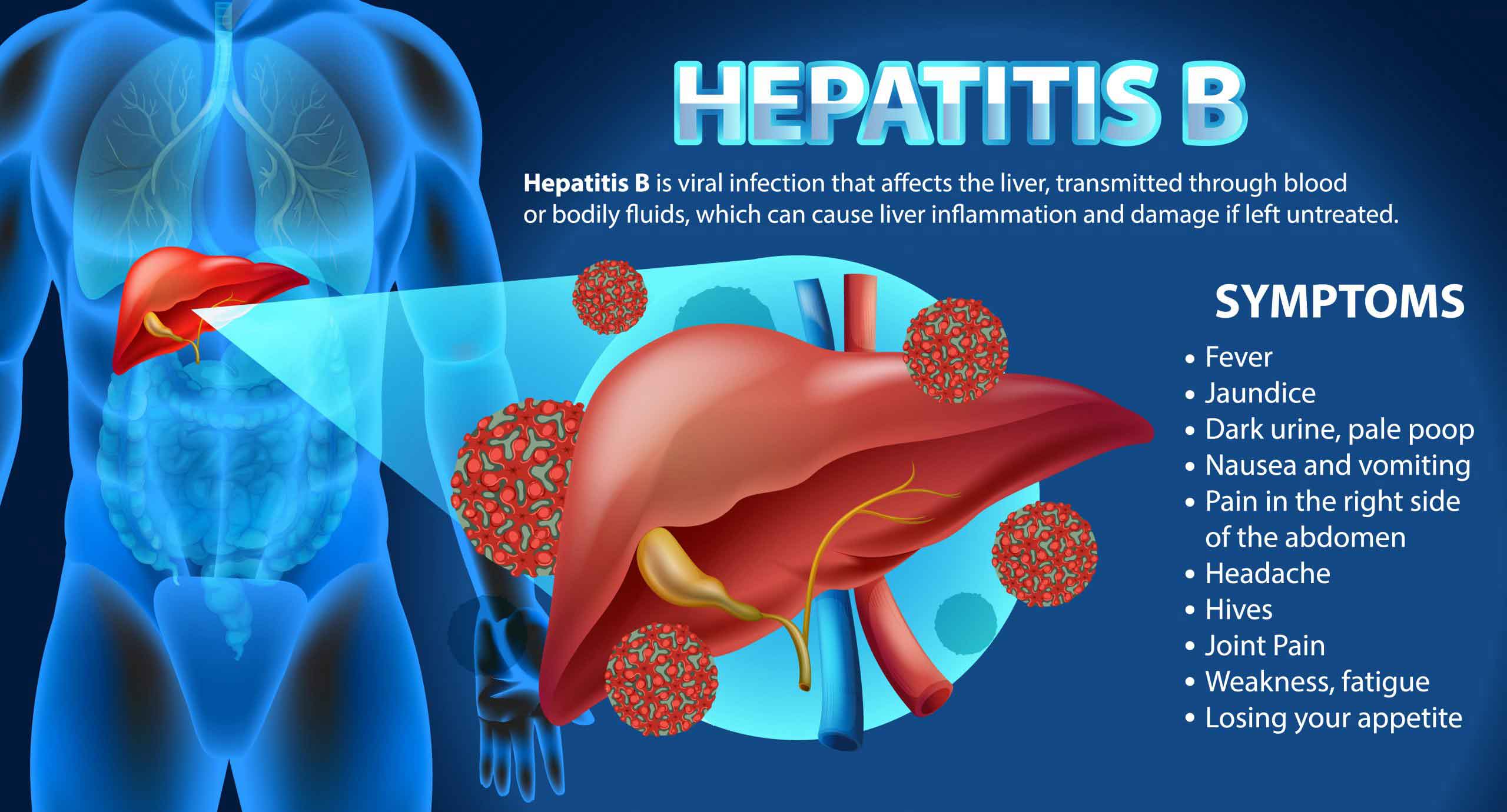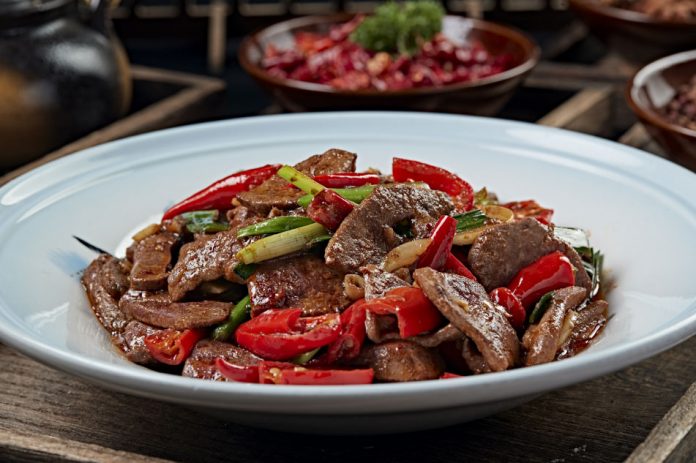A recent hepatitis E case involving undercooked pork liver has raised awareness of food safety practices, particularly in cooking animal liver thoroughly. Health experts recommend taking precautions to reduce hepatitis E virus (HEV) transmission risks, which can arise from undercooked meat products.
Case Report: Hepatitis E Infection After Pork Liver Consumption
Recently, a 67-year-old man, Mr. Yuan, was diagnosed with hepatitis E at Nanjing First Hospital. Mr. Yuan had consumed a large portion of stir-fried pork liver at home, a dish he frequently enjoys.
After his meal, he experienced nausea, fatigue, and bloating, initially attributing his symptoms to minor stomach upset. However, his condition worsened over the week, marked by darkened urine and extreme fatigue. Tests confirmed hepatitis E, with liver function levels elevated far beyond normal.
A similar case occurred in December 2021, when a 52-year-old man in Zhejiang developed severe symptoms, including back pain and darkened urine, after eating stir-fried pork liver. Medical assessments confirmed that the man had hepatitis E, and he required intensive treatment before eventually recovering.
Understanding Hepatitis E and Vulnerable Groups
Hepatitis E, caused by the hepatitis E virus (HEV), is an acute form of viral hepatitis transmitted through contaminated food and water, as well as undercooked pork or shellfish. Though hepatitis E is less commonly recognized than hepatitis A or B, it is the leading cause of acute viral hepatitis in China, with mortality rates around ten times higher than those of hepatitis A.
Certain groups are particularly susceptible to severe hepatitis E complications:
Pregnant women and elderly individuals: Infections in these groups can lead to higher mortality rates.
Organ transplant recipients, blood cancer patients, and people with HIV/AIDS: HEV infections may become chronic in these individuals, potentially progressing to liver cirrhosis.
Individuals with pre-existing liver disease: Infection with HEV in these patients may result in severe hepatitis.
How Hepatitis E is Transmitted
The primary routes of HEV transmission include:
Digestive Tract Transmission: HEV can spread through contaminated water, utensils, and unwashed produce. Eating undercooked pork, pork liver, shellfish, or similar foods is a potential source of infection.
Blood and Mother-to-Child Transmission: HEV may be transmitted through blood transfusions or during pregnancy through the placenta.
Close Contact Transmission: HEV can spread through close contact with infected individuals or animals.
Why Pork Liver May Carry HEV and How to Stay Safe
HEV can survive in animal liver that is not cooked at a high enough temperature. Stir-frying, for example, may not thoroughly heat the meat. Doctors advise that pork liver can be safe to consume if cooked thoroughly at a high temperature (100°C) for at least 3–5 minutes, which effectively kills HEV.
Tips for Preventing Hepatitis E Infection

Vaccination: Hepatitis E vaccination is the most effective method of prevention, particularly for those at higher risk of complications.
Cook Thoroughly: Avoid eating undercooked meat and seafood, especially pork liver.
Separate Utensils: Use separate utensils for handling raw and cooked foods to prevent cross-contamination. Ensure all fruits and vegetables are properly washed.
Store Food Safely: Store different foods separately in sealed containers to prevent cross-contamination.
If symptoms such as jaundice, fatigue, fever, nausea, or liver pain appear, it is important to seek medical care promptly to prevent more serious liver complications.
Related article: Free Hepatitis B Vaccination Program for 20-40 Year-olds Launched in Hainan









